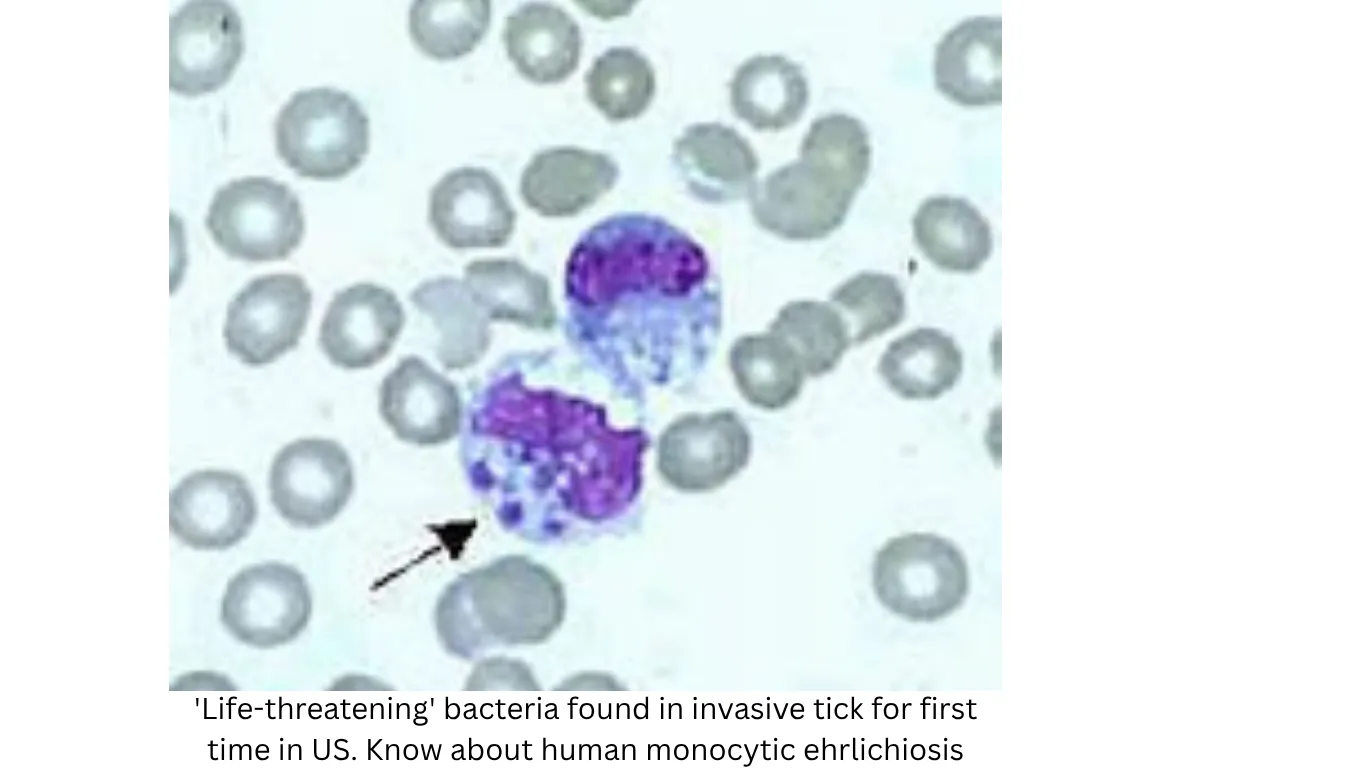'Life-threatening' bacteria found in invasive tick for first time in US. Know about human monocytic ehrlichiosis

A new report shows the first evidence in the United States of the invasive longhorned tick with Ehrlichia chaffeensis, a potentially life-threatening pathogen, was found in recent years in Connecticut. As outdoor activities ramp up with the approach of summer, Connecticut officials announced Tuesday that they have confirmed the first US case of the invasive longhorned tick carrying Ehrlichia chaffeensis, a bacterium that can cause a potentially fatal illness, according to New York Post.
The Centers for Disease Control and Prevention (CDC) said human monocytic ehrlichiosis, or HME, usually spreads by the lone star tick, which is native to the US and found throughout most of the eastern, southeastern, and south-central parts of the country.
What are the symptoms of monocytic ehrlichiosis?
HME disease initially causes symptoms such as sudden high fever, chills and fatigue a few weeks after an infection, according to officials with the Connecticut Agricultural Experiment Station (CAES). Symptoms may progress to include symptoms such as nausea, confusion and, ultimately, kidney failure and respiratory complications.
However, the recent case of a tick carrying Ehrlichia chaffeensis, the bacteria behind HME, in Connecticut involved the longhorned tick, a tick species native to eastern Asia.
Officials stated that this species plays a major role in carrying the bacteria and spreading HME, especially as it is expected to expand across the eastern United States. They explained that its rapid spread is largely due to its ability to reproduce without a male and its broad, unrestricted feeding habits.
“The first fully engorged human-parasitizing longhorned tick specimen was recorded by the CAES in 2018 from Fairfield, Connecticut, and the first populations of the tick were reported from this county in 2020,” said Dr. Goudarz Molaei, director of the CAES Passive Tick and Tick-Borne Disease Surveillance Program.
Since then, longhorned tick populations have spread across several towns in Fairfield and New Haven Counties. Isolated specimens have also been found in New London and other areas.
Officials have raised concerns about the species' ability to expand its range and its potential to carry pathogens that pose risks to the health of humans, pets, and other animals.
They emphasized that longhorned ticks in the U.S. have been linked to the transmission of various pathogens, including those responsible for Lyme disease.



3.jpeg)
.png)

.jpg)
.jpg)
.jpg)
.png)
.jpg)
.jpg)
